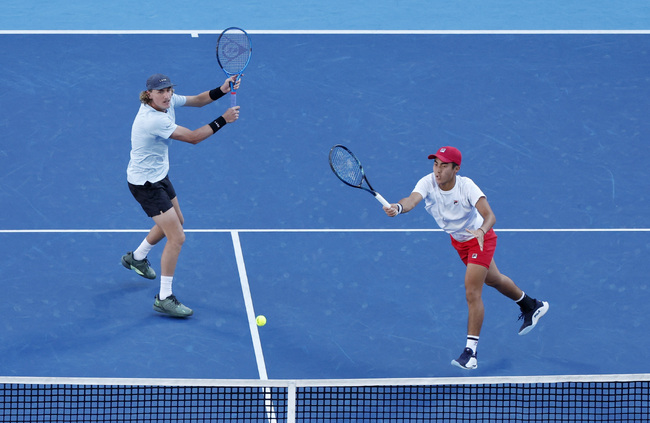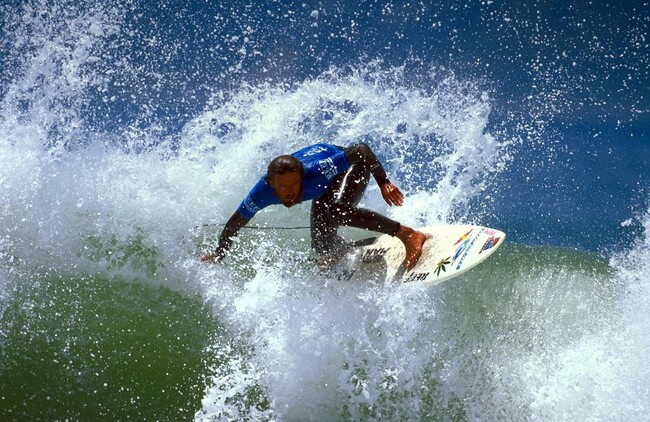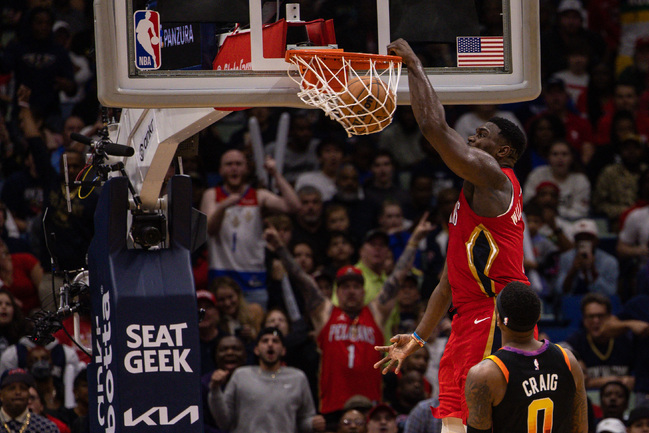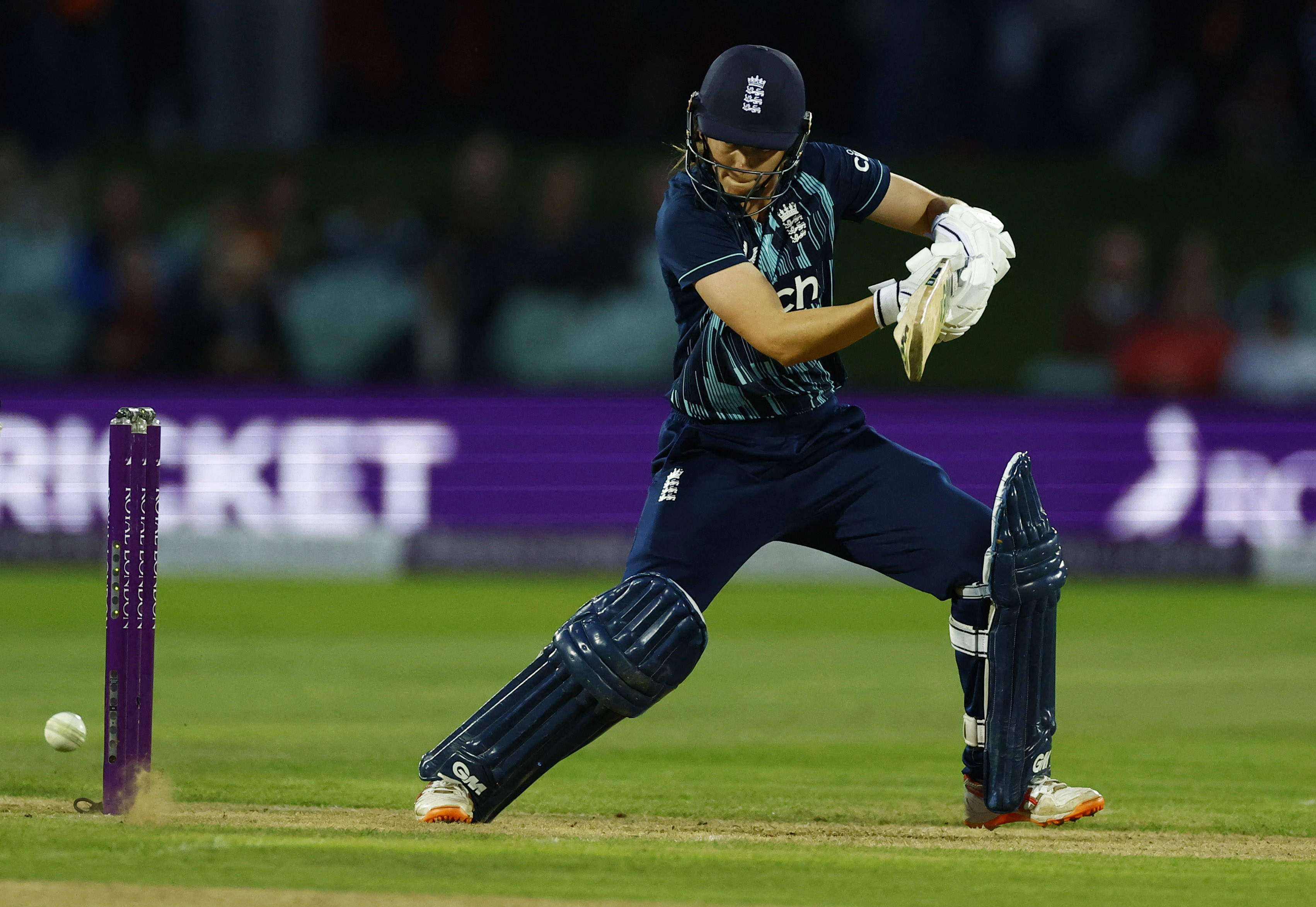You are viewing 1 of your 1 free articles
Extension pattern back pain: understanding this overuse injury

Low back pain is common in the general population, with reported rates as high as 84%(1). In athletes, complaints of low back pain are less common, only accounting for about 6-10% of injuries behind the more common ankle, knee, and shoulder injuries(2). Because low back pain in athletes involves only low levels of pain and dysfunction, most athletes continue with training and competition. However, there are some severe pathologies that lead to more marked pain and dysfunction(2). When back pain is present, conduct a thorough exam and differential diagnosis to rule out:
- Lumbar disc herniations, with or without radicular pain and radiculopathy.
- Spondylolysis and progression onto pars interarticularis defects and spondylolisthesis.
- Zygapophyseal (facet) joint pain.
- Facet joint fracture.
- Kissing Spine or Baastrup’s disease.
- Sacroiliac joint pain.
- Spinal stenosis.
- The genetic groups such as ankylosing spondylitis.
Extension pain patterns
Originally described by Shirley Sahrmann as part of her kinesiopathologic model of movement dysfunction, extension pain patterns are a subheading of the broader group of dysfunctions known as Movement System Impairment (MSI) classification and syndromes(3,4). The basic premise of the MSI classification is that with repeated direction-specific movements, passive and active elements, such as ligaments and muscles, can suffer microtrauma and tissue stress, resulting in low back pain(3).The exact source of pain in these extension pain patterns is difficult to pinpoint. The pain may stem from the facet joints, ligamentous tissue creep or stretch, nociceptive fibers in the intervertebral disc, or ischemia in the paraspinal muscles.
Active extension pattern
Active extension movements cause pain by overloading the structures of the lumbar spine. These may be sustained extension forces or frequent moderate-load extension movements. The compressive forces on the lumbar facets are greater with active paraspinal muscle contraction(5). Examples of athletes and sports with type of back pain presentation include:
- Runners with a hyperlordosis. – In this posture, the paraspinal extensors constantly contract to hold the pelvis in an anterior tilt. The prolonged extension and anterior pelvic tilt may cause ischemia in the muscles and produce pain on either side of the lumbar spine.
- CrossFit athletes – Those who perform repetitive extension-based lifts, such as a deadlift ladder or Olympic weight-lifting movements, produce high compressive forces on the facet joints when in extension. As this type of activity is more intermittent, muscle-based pain is unlikely, and the clinician should look at the facet joints as the source of pain.
- Rowers – Athletes who sit with excessive lordosis and maintain a lordosis during the pull phase of the stroke may suffer from joint or disc related pain.
- Cricket, swimming, and tennis – The fast bowl, butterfly stroke, and tennis serve all require repeated rapid active extension movements which may cause pain in the facet joints, ligaments, and discs.
One source of pain in the active extension pain pattern is low-level facet joint irritation. The facet loading in the active extension pattern comes from three direct mechanisms(2):
- Compressive loading of the articular process against the lamina of the vertebrae below.
- Active muscle contraction that increases compression.
- Spinal rotation that causes the articular processes to abut against each other.
Therefore, facet loading is more common in sports that involve compressive forces such as CrossFit, and axial rotation such as tennis. Adolescent tennis players often present with early facet degeneration, and 70% of elite teenage tennis players have at least one level of facet arthropathy(6).
Passive extension pattern
Athletes who have a natural swayback posture and a kyphotic thoracic spine may demonstrate this pain pattern. When the athlete moves into extension positions, the lumbar spine is forced into passive extension to compensate for the lack of extension in the thoracic area. This pattern is prevalent in sports that require low-velocity extension such as:
- Dance and gymnastics - Athletes must hold certain extension poses as part of their performance.
- Tennis and swimming - This occurs due to the amount of time the athlete spends with arms extended overhead.
- Golf and cricket - Fielding athletes and golfers spends a lot of time in static standing.
The extension in these activities is more static. Therefore, the source of pain is less likely muscular and more likely due to ligamentous tissue creep and facet joint irritation due to the compressive forces produced from the sustained postures.
Recognizing facet-joint syndrome
The extension pain patterns differ from more severe pathologies, such as the facet-joint syndrome, in several critical ways(2-7). The source of pain in facet joint syndrome is the facet joints themselves due to the large number of nociceptive free nerve endings that innervate the structures. The facet joint pain may originate in the synovial membrane, the hyaline cartilage surface of the articular processes, the bone itself, or the fibrous joint capsule(8-11). The patient with facet-joint syndrome likely also has degenerative lumbar spine spondylosis caused by the progressive deterioration and shrinking of the disc. The reduction in disc height gradually causes the facet joints to become more opposed and starts a slow process of degeneration. Features of facet-joint syndrome include:- Usually occurs in older athletes/patients.
- A history of previous episodes of low back pain.
- Athletes demonstrate normal gait.
- Maximal pain with lumbar extension.
- No pain aggravation with a Valsalva maneuver.
- Lack of leg pain.
- Lack of muscle spasm.
Clinical features of extension pain patterns
Some of the more obvious clinical features of the active and passive extension pain patterns include the following:- Intermittent localized low back pain exacerbated by specific movements into extension postures.
- Pain is usually bilateral and feels like a ‘band across the back’.
- Pain is relieved almost immediately with rest or by assuming a flexion posture.
- The athlete is frequently able to continue training and competing with pain.
- Postural alignment usually shows increased anterior pelvic tilt with an increased lumbar lordosis, or a swayback posture(3).
- Palpable tension in the lumbar extensors and the quadratus lumborum.
- Tight tensor fascia lata muscles.
- Imaging findings are usually nonconclusive.
For the clinician who manages an athlete complaining of extension-based low back pain, some confusion may arise when differentiating between the more threatening bone-related injuries, such as a pars stress reaction or fracture. The relevant feature is how fast the pain subsides once the activity ceases. In the extension pain pattern cohort, the pain will dissipate almost immediately once the athlete stops the activity or moves into the opposite flexion direction.
Management
Low-intensity extension pattern pain syndromes are best managed conservatively without the need for invasive steroid injections into the facet joint. Manage athletes with a kinetic-chain approach by:- Improving thoracic rotation to reduce the need for lumbar rotation. Mobility exercises such as ‘bow and arrow’ and ‘thread the needle’ are simple yet effective for this (see figures 1 and 2).
- Reducing tightness in the hip internal and external rotators. Lack of hip rotation will transfer to an increase in lumbar rotation.
- Improving the hip-extension capacity of the anterior hip muscles and anterior capsule.
- Reducing latissimus dorsi tightness, which can lead to a compensatory lumbar extension in overhead athletes.
- Strengthening the abdominal and gluteal muscles, which control posterior pelvic tilt.
In the passive extension pain pattern cohort (who have the associated swayback posture), the focus of rehabilitation should include:
- Lengthening the upper abdominals to reduce the thoracic kyphosis.
- Strengthening the thoracic extensors to assist in maintaining a neutral thoracic spine posture.
- Strengthening the deeper hip flexors such as the iliacus to shift the hip away from extension and into a more neutral position.
Figure 1: Bow and Arrow stretch


Start position (left) and finish position (right) for bow and arrow stretch.
Figure 2: Thread the Needle


Extend non weight bearing arm up and back and then "thread the needle" by putting it under the weight bearing arm. Use the movement of the foam roller to facilitate more spinal rotation.
Figure 3: Upper Abdominal Stretch involving trunk extension and rotation.

Brace the knee against an object then extend and rotate around the opposite weight bearing arm.
In summary
Extension pattern low back pain is a form of mild low back pain suffered by athletes involved in sports that require positions of extension and anterior pelvic tilt. The source of the pain is most often a benign facet joint irritation, ischemic muscle pain due to prolonged contraction, ligament tissue creep, or low-level disc irritation. Management of this problem usually involves addressing any kinetic chain faults. These include limited hip extension, tight upper abdominals, limited trunk rotation, and abdominal/gluteal strengthening for athletes with excessive anterior tilt to increase the athlete’s awareness of the need to hold a neutral spine posture with athletic movements.References
- 2012; 379(9814): 482–91.
- Curr Sports Med Rep. 2010; 9(1): 50–6.
- Physiotherapy Theory and Practice. 2005. 21:3, 181-196.
- Sahrmann S (2002) Diagnosis and Treatment of Movement Impairment Syndromes. Mosby. Missouri.
- Biomech. 1989; 22:931Y41.
- J. Sports Med. 2007; 41:836Y41.
- Allegri M, Montella S, Salici F et al. Mechanisms of low back pain: a guide for diagnosis and therapy [version 2; referees: 3 approved] F1000Research 2016, 5(F1000 Faculty Rev):1530
- J Bone Joint Surg Am. 2006; 88(Suppl 2): 63–7.
- Pain Med. 2011; 12(2): 224–33.
- Pain Pract. 2010; 10(5): 459–69.
- 2007; 106(3): 591–614.
Newsletter Sign Up
Subscriber Testimonials
Dr. Alexandra Fandetti-Robin, Back & Body Chiropractic
Elspeth Cowell MSCh DpodM SRCh HCPC reg
William Hunter, Nuffield Health
Newsletter Sign Up
Coaches Testimonials
Dr. Alexandra Fandetti-Robin, Back & Body Chiropractic
Elspeth Cowell MSCh DpodM SRCh HCPC reg
William Hunter, Nuffield Health
Be at the leading edge of sports injury management
Our international team of qualified experts (see above) spend hours poring over scores of technical journals and medical papers that even the most interested professionals don't have time to read.
For 17 years, we've helped hard-working physiotherapists and sports professionals like you, overwhelmed by the vast amount of new research, bring science to their treatment. Sports Injury Bulletin is the ideal resource for practitioners too busy to cull through all the monthly journals to find meaningful and applicable studies.
*includes 3 coaching manuals
Get Inspired
All the latest techniques and approaches
Sports Injury Bulletin brings together a worldwide panel of experts – including physiotherapists, doctors, researchers and sports scientists. Together we deliver everything you need to help your clients avoid – or recover as quickly as possible from – injuries.
We strip away the scientific jargon and deliver you easy-to-follow training exercises, nutrition tips, psychological strategies and recovery programmes and exercises in plain English.









